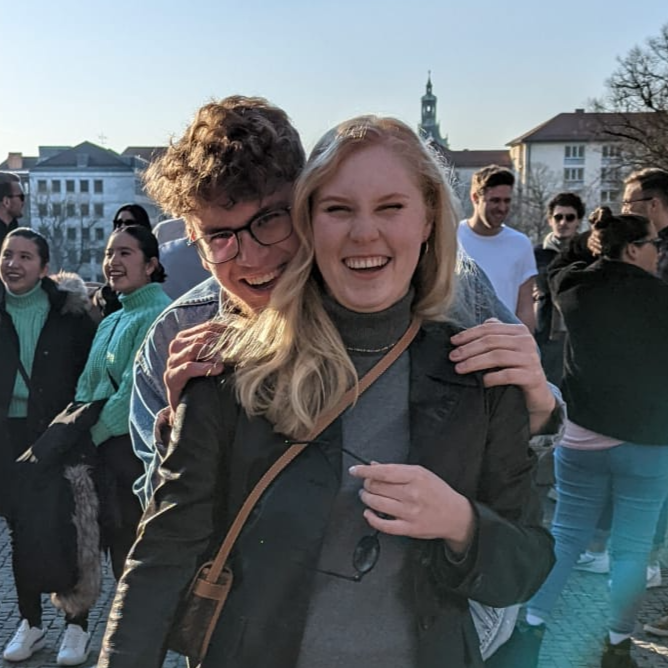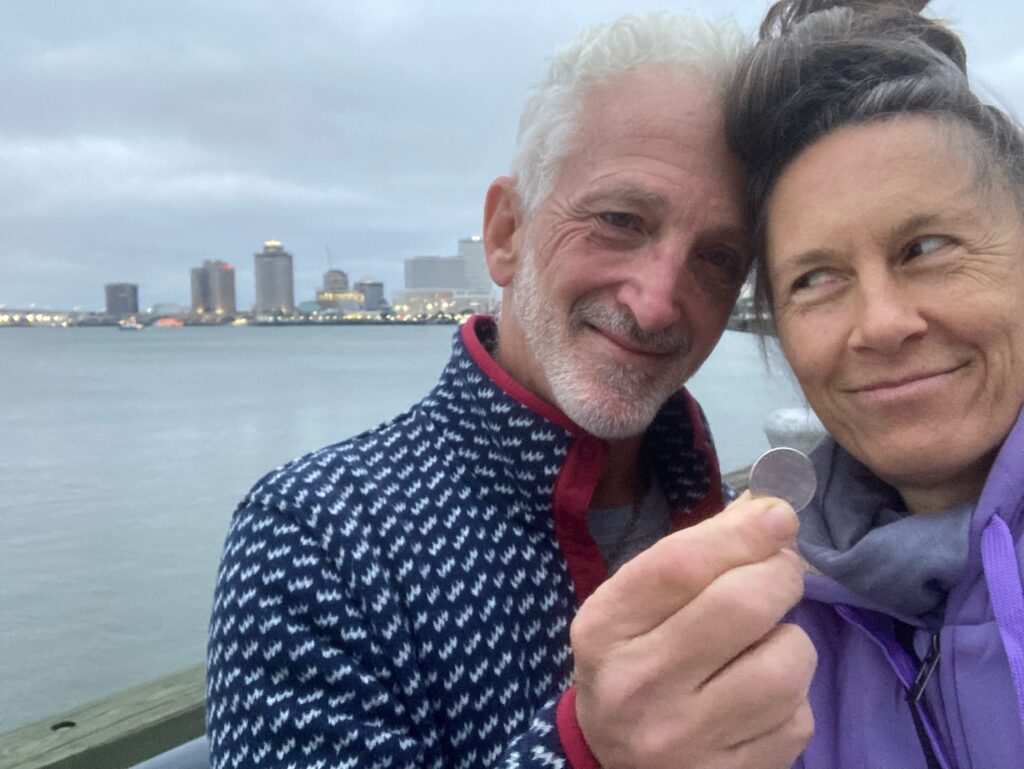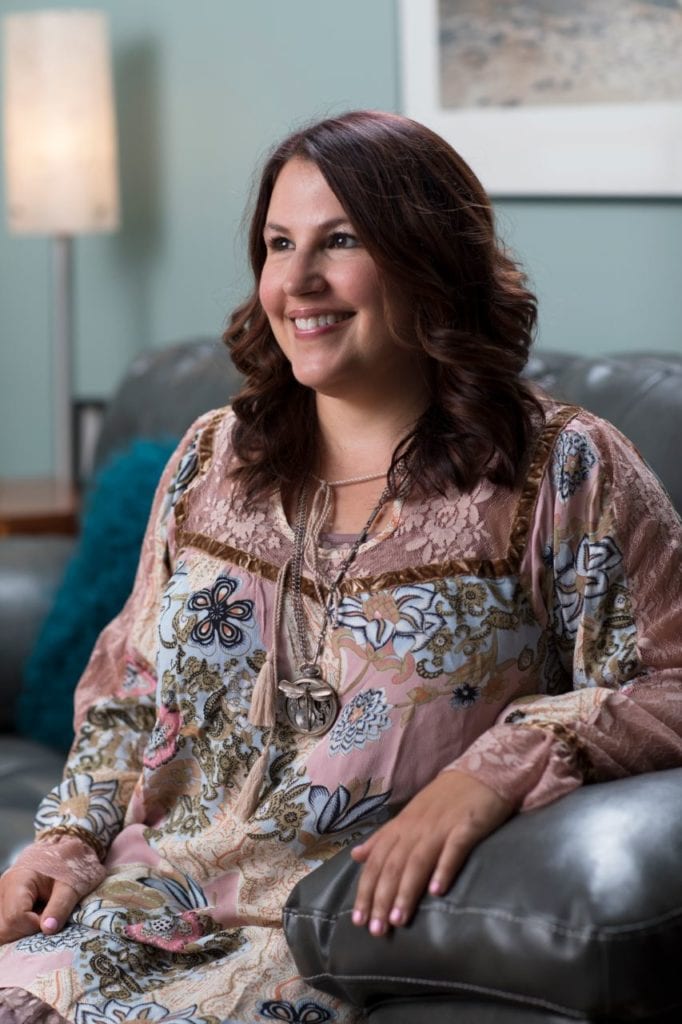Curious How Age Impacts Dating Behaviors?
Love really has no bounds. As it transcends multiple generations, it’s only logical that the landscapes of dating must evolve over time. From Baby Boomers to Generation Z, every cohort brings unique experiences and perspectives. As time pushes forward, dating shifts in many ways, embracing both the timeless rituals of the past and digital innovations of the present.
Looking back at the traditional courtships to the new age of swiping right, our quests to find a soulmate are considerably different than ever before. The question is, how do our preferences and expectations transform as we journey through time?
Follow along as we explore the impact of age and generational differences on dating behaviors, and strategies to help you form long-term meaningful connections.
Evolution of Dating: From Traditional to Modern Times
The evolution of dating from traditional to modern days is nothing short of fascinating. In different generations, prevailing cultural beliefs, and rituals, have paved the path towards how we approach dating. For instance, in the past, arranged marriages were common and courtship was often a formal affair – both heavily influenced by family and community.
As time passes, the concept of dating emerged, allowing individuals more autonomy in selecting a partner of their own choosing. The 20th century witnessed a noteworthy shift in dating practices with the rise of recreational dating. Today, young people are capable of seeking companionship and romance outside of the bounds of an arranged marriage.
Certainly, a shift in societal norms has played a central role in shaping dating behaviors across ages. Cultural attitudes surrounding relationships, gender roles, marriage, and kids have had a profound impact on how people approach dating. The uproar of technology has also revolutionized the dating landscape, offering more ways for people to connect in the online dating world.
The best way to understand this evolution, let’s take a look at dating behaviors and preferences among the four current generations.
1. Baby Boomers (1946 – 1964)
The baby boomer generation, which captures anyone born between the mid-1940s to the early 1960s, had unique dating patterns that were influenced by cultural norms and societal expectations of the times. For example, much of their dating experiences were shaped by the post-World War II era, characterized by family values and traditional gender roles.
Oftentimes, baby boomers would date in a more structured and formal way, by going on planned dates, attending social events, and being introduced to potential partners through family or friends. Courting rituals were commonly practiced in this generation, where men often pursued women. Additionally, gender roles were well established whereby the men were expected to be the protectors and providers while the women played the role of caregiver and homemaker.
In this generation, couples often dated for the goal of marriage and kids. Dating was more serious, making it less common for couples to hook up or ghost one another.
2. Generation X (1965-1980)
People born in the mid-1960s to early 1980s were classified as Generation X. This era brought about a major shift in traditional dating patterns, compared to the baby boomers. Rather than going on structured dates, Gen X experienced more casual and individualized dating experiences.
One of the primary drivers of this shift may have been a rise in social change involving a push towards feminism, increased divorce rates, and a growing emphasis on autonomy. Young adults were more likely to engage in casual dating, exploring more than one partner before committing to long-term relationships. Intimacy and passion were more of a focus here, shifting the dating attitudes around sex and relationships. This generation was also influenced by cultural changes, such as increased exposure to pop culture and media.
3. Millennials (1981-1996)
Individuals born between the early 1980s and mid-1990s were classified as Millenials. This generation experienced a dating landscape shaped by rapid technological advancements and changing societal values.
By 1995, the first ever online dating website launched in the form of Match.com. This inspired millennials to shift their dating practices and optimize digital methods to attract long-term partners. Social media also played a role in shaping dating behavior in millennials, with platforms like Facebook and Instagram offering new avenues to interact and connect with others.
Oftentimes, millennials displayed a preference for more casual relationships that were less traditional than baby boomers and Gen Xers. This generation influenced the development of “hookup culture”, where short-term casual relationships were at the forefront of social interactions, emphasizing physical intimacy and minimal emotional commitment. As a result, commitment, marriage, and having kids were often approached with greater caution than ever before.
According to research on the effects of Tinder on the dating habits of Millenials, the main goal of most users on the app was to:
- find friendship,
- seek casual sex or casual dating, or
- get involved in some form of a short-term relationship
Overall, participants from this study were more inclined to suffer from loneliness or disappointment from a past relationship, leading them to use Tinder as a tool to cure their loneliness or to resolve past relationship trauma.
4. Generation Z (1997-2012)
Finally, we have Generation Z, which includes anyone born between the late 1990s and early 2010s. This era has grown up predominantly in a world immersed in technology, which has heavily shaped their dating behaviors and perceptions.
Of course, with this comes a ton of online dating.
According to research on dating trends among Gen Z, “Generation Z has a reputation of having an excessive dependence on social media and an unwillingness to commit to romantic relationships, perhaps as a result of growing up with instant gratification, which has translated into instantaneous online communication in their dating lives.”
Unlike previous generations, Gen Z tends to approach relationships with a more open-minded and casual attitude. Oftentimes, they explore a variety of connections at one time before committing to a long-term partnership. This attitude is influenced by the desire for personal exploration and self-discovery.
For the most part, Gen Z places a stronger emphasis on open communication and transparency, allowing them to express their feelings, boundaries, and expectations more openly.
5 Tips for Creating a Happy and Healthy Relationship
Dating through the ages certainly sounds complicated. The good news is that it doesn’t have to be. Though there is no one-size fits all strategy for long-term relationship success, there are certain tips that are valuable for all generations of dating.
Here are some of our top tips to help you achieve a happy and healthy relationship:
- Be true to yourself: Embrace your authentic self and be genuine in your interactions with others
- Communicate openly: express your thoughts, feelings, expectations, and boundaries clearly
- Take it slow: Building a strong foundation takes time, so avoid rushing into commitment and allow the relationship to grow organically
- Prioritize emotional connection: focus on building an emotional bond, alongside a physical attraction
- Maintain interdependence: While being in a relationship is certainly fulfilling, it’s essential to maintain your individuality and personal interests by balancing the time with your partner with self-care activities
The Bottom Line
The evolution of dating across generations has been shaped by cultural shifts, technological advancements, and changing societal norms. Despite the differences, our tips transcend time for building happy and healthy relationships.
If you’re struggling with the modern landscape of online dating, we have you covered! Let our professional dating writers craft an authentic and appealing online presence for you to help increase your chances of finding your perfect match in the digital realm.
This post was written by the lovely Taylor Stranaghan. Taylor is a skilled writer with a passion for all things love and relationships. Drawing on her wealth of knowledge and expertise in the dating world, Taylor brings a fresh perspective to the table, challenging conventional dating habits and encouraging readers to think outside the box. You can find more of her work here!
My Books:
How To Write A Great Online Dating Profile.
Within, you will find my best tips and strategies, including dos and don’ts, before and after examples, and a template to follow. There is also advice on which photos to choose and how to craft email messages. You will also find full written samples and a questionnaire to use for idea generation.
I designed this dating journal to help you process thoughts and feelings as they relate to who you are deciding to spend time with. This journal is a mix of guided prompts and plenty of free flow. You may want to view it as a mix of a plain journal and an interactive workbook. The prompts are recurrent based on Date 1, Date 2, Date 3 and more.




